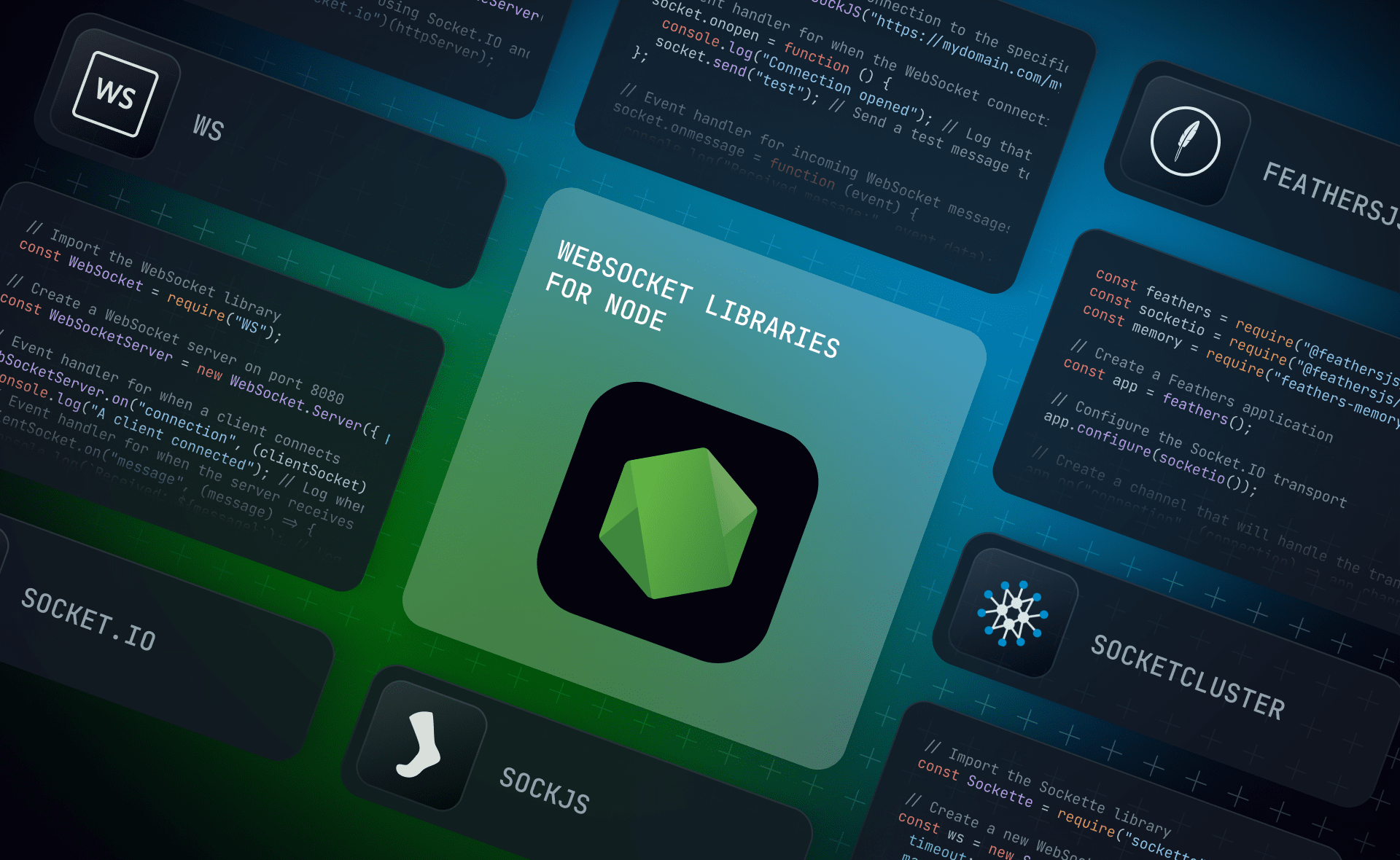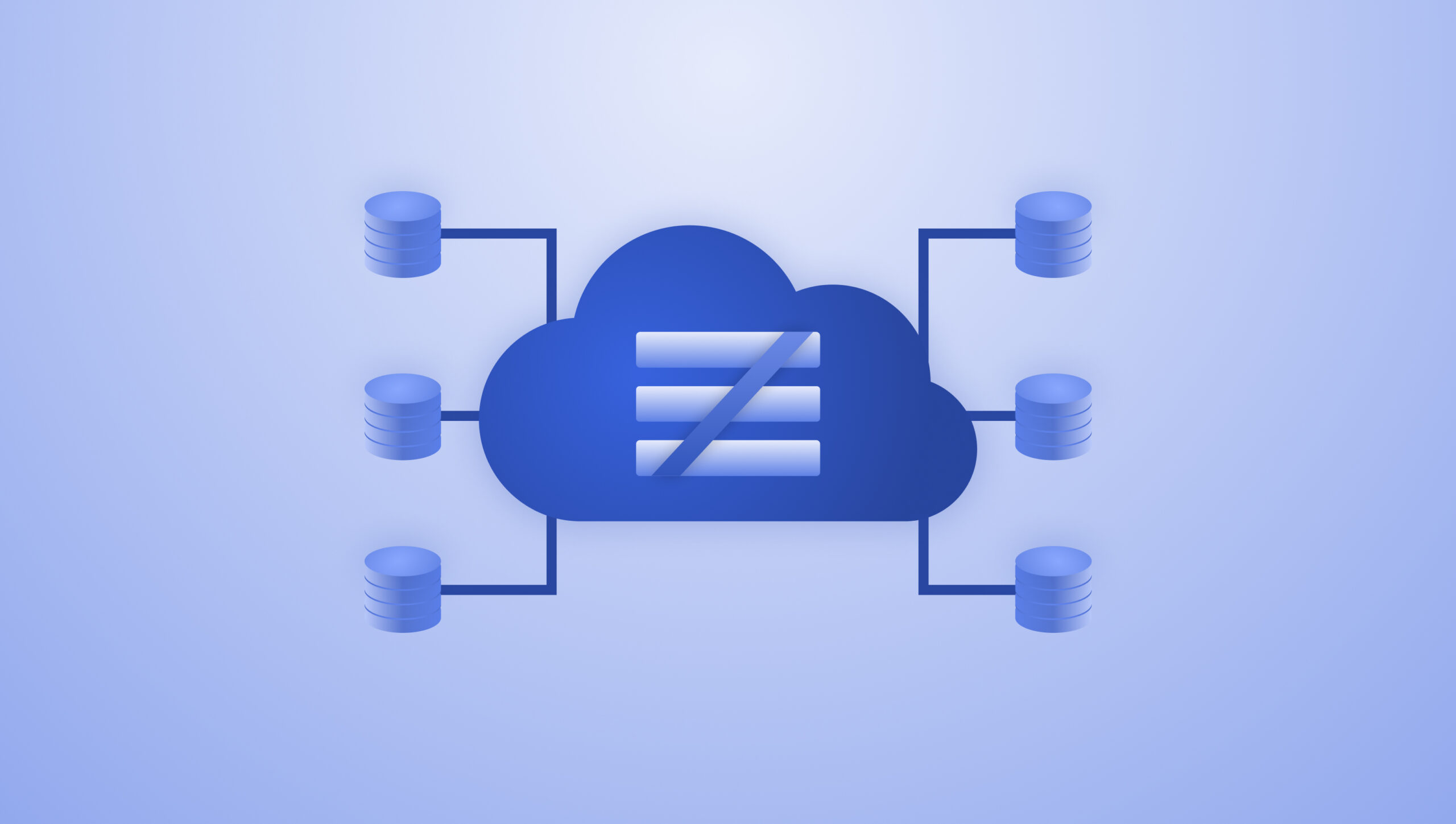Even minor downtime equals major revenue losses. To ensure systems stay online when under heavy load, thorough stress testing is essential. That’s where a robust IP stresser console becomes invaluable. By safely simulating DDoS attacks, an IP stresser reveals exactly how your infrastructure withstands crushing traffic levels. But with so many stresser services of varying quality, choosing the right IP stresser is crucial.
- Key features of a robust IP stresser console
- Leading IP stresser services compared
- Best practices for stress testing your site
- Legal considerations when stress testing
By the end, you’ll understand how to select an IP stresser and leverage it effectively to bulletproof your website or application against even the most extreme traffic floods.
Top ip stresser services compared
Anthropic
A newcomer, Anthropic already impresses with a robust infrastructure capable of 430 Gbps attacks. Their intuitive web console offers exceptional control to customize duration, power, and attack types like UDP, SYN, and HTTP floods. Technical support is extremely responsive via live chat or ticket. Uptime stands at an impressive 99.9%, ensured through redundant servers worldwide. Pricing starts at just $14.99 monthly for 50 GBps. For customizable high-volume attacks on demand, Anthropic delivers excellent value.
Vaporstresser
Catering to the best IP Booter enthusiasts, Vaporstresser offers frequent feature updates like a mobile app to manage attacks. Their global network reaches up to 260 Gbps. Ample customization options let you fine-tune tests. Pricing remains reasonable at $19.99 for 100 GBps. Uptime hangs around 97%, while technical support is hit or miss according to users. For excellent power on a budget, Vaporstresser is a compelling option. Just be prepared for occasionally unresponsive support.
Netoverload
NetOverload stands out through unthrottled DDoS attacks exceeding 1 Tbps—some of the most powerful available. Ideal for large enterprise stress testing. Granular customization options help dial in attacks pricing scales from $299 to $1499 monthly to match the premium power. The support staffs have deep technical expertise to assist with complex testing. The expanded network does come with a slightly lower 95% uptime. But for unleashing massive traffic floods, nothing beats NetOverload.
Best practices for stress testing
Once you’ve selected a capable IP stresser service, following a proven methodology is key to gathering useful performance data.
- Isolate variables – Test one factor like bandwidth at a time rather than everything simultaneously. This reveals how each element behaves under load.
- Gradually increase – Start low like 10% of maximum traffic and slowly scale up attacks. You can then pinpoint failure points as they occur.
- Monitor metrics – Watch vital signs like network IO, CPU usage, and memory consumption during testing. Granular monitoring exposes the full picture.
- Test repeatability – Rerun the same test multiple times to check for consistency in results, confirming root causes.
- Alternate locations – Launch attacks from different geographic regions and ISPs to mimic real-world conditions.
- Document failures – Note the precise load levels that cause performance to degrade or crash. This quantifies capacity limits.
- Try different attacks – Leverage a mix of UDP floods, ping floods, and other attack types to stress infrastructure in unique ways.
- Check dependencies – Monitor how other integrated systems and services react as core sites are load-tested. Cascading failures must also be identified.





